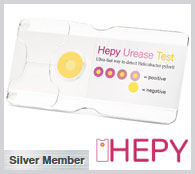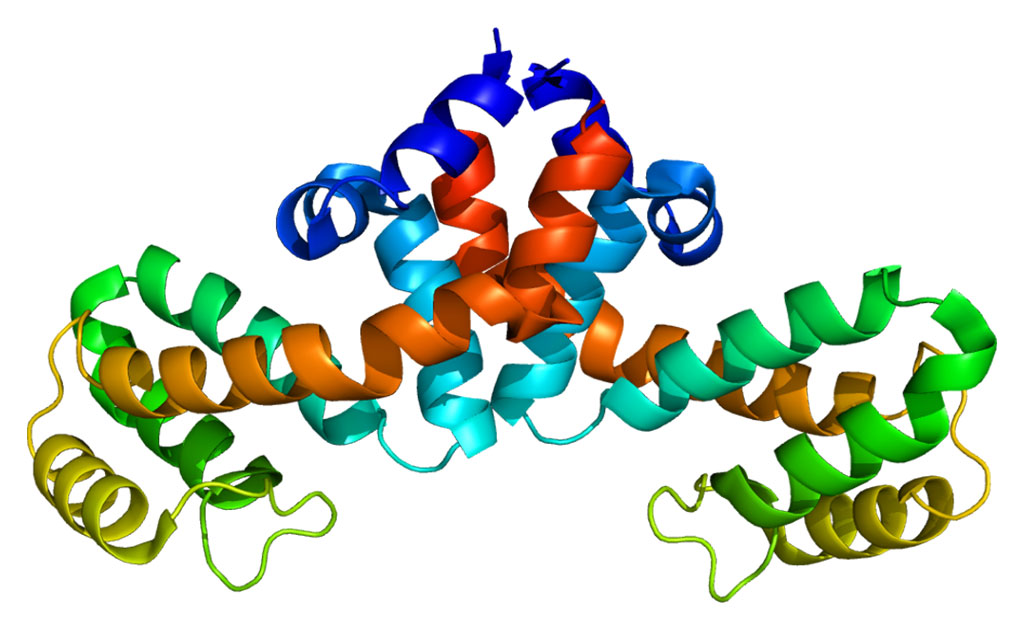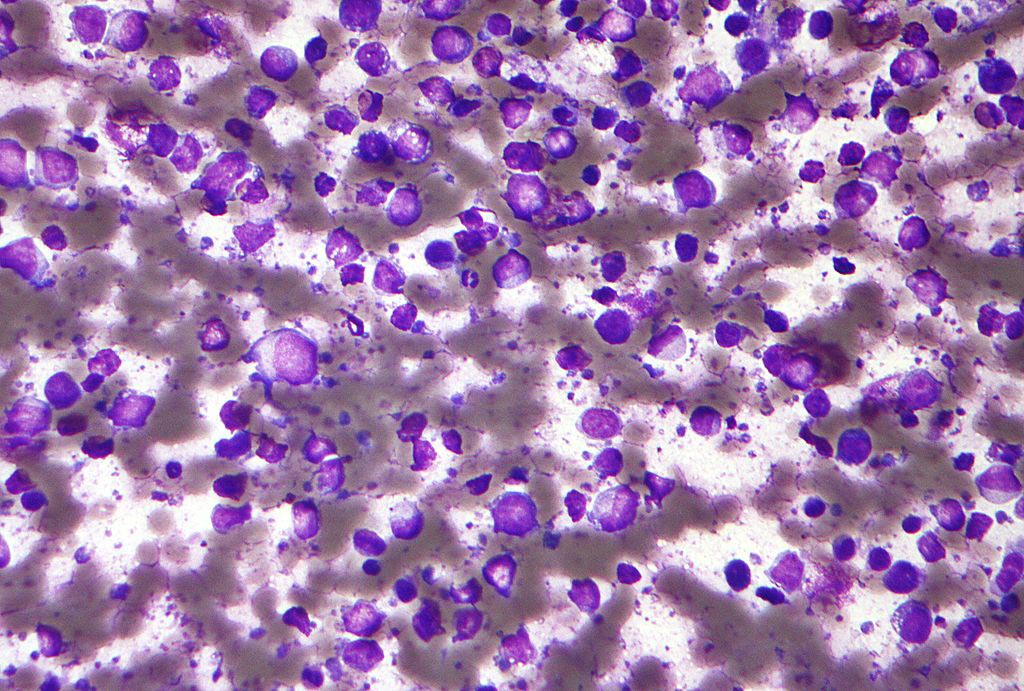Peptide Binding Enhances Removal of Iron from the Blood
By Biotechdaily staff writers
Posted on 12 Nov 2007
Researchers have found that use of a novel seven amino acid peptide in conjugation with the chelating agent Desferal significantly increased removal of iron from the serum protein ferritin.Posted on 12 Nov 2007
Ferritin consists of 24 protein subunits. In vertebrates these are both the light (L) and the heavy (H) type with a molecular weight of 19 kDA or 21 kDA, respectively. Inside the ferritin shell, iron ions form crystallites together with phosphate and hydroxide ions. The resulting particle is similar to the mineral ferrihydrite. Each ferritin complex can store about 4500 iron ions in its inner core or "cage”.
Desferal, otherwise known as deferoxamine or desferrioxamine, is a chelating agent used to remove excess iron from the body. It acts by binding free iron in the bloodstream and enhancing its elimination in the urine. By removing excess iron, the agent reduces the damage done to various organs and tissues, such as the liver. Desferal is used to treat acute iron poisoning, especially in small children. Treatment with this agent is also frequently necessary in patients with certain types of chronic anemia (e.g. thalassemia and myelodysplastic syndrome) who require many blood transfusions, which can greatly increase the amount of iron in the body.
Investigators at Children's Hospital Oakland Research Institute (CA, USA) scanned a library of small peptides for their ability to bind to ferritin. They reported in the November 2, 2007, edition of the Journal of Biological Chemistry that a peptide selected for ferritin pore binding increased the rate of iron demineralization 3-fold. Conjugating the peptide to Desferal increased the rates to 8-fold. These findings suggested that it might be possible to develop new medications that will improve the removal of excess iron in the blood of patients with certain blood diseases.
"We wanted to prove a hypothesis that a small protein or peptide could bind to ferritin and could be used to regulate ferritin pores,” said senior author Dr. Elizabeth Theil, a senior investigator at Children's Hospital Oakland Research Institute. "Our hypothesis was correct. We proved that when a binding peptide of seven amino acids, a heptapeptide, is coupled with Desferal the rate of removal of iron from ferritin is eight times faster.”
Related Links:
Children's Hospital Oakland Research Institute













